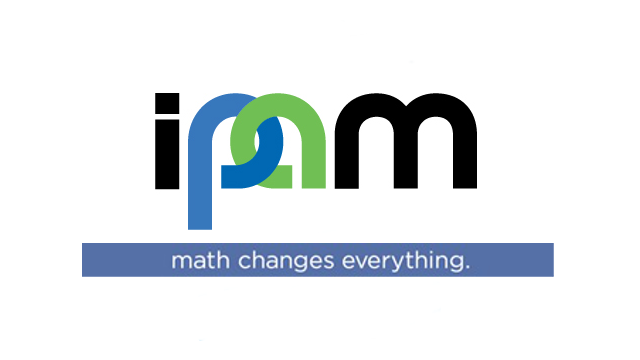Abstract
Nicole Coleman
Stanford University
Digital Humanities
This talk will consider the similarity between the way graphic designers manipulate and generate geometries and the way humanities researchers might manipulate and generate data models, diagrammatically. As a first case study, we have taken vector graphics editors as our model and created an Illustrator-like prototype application for humanities research where meaning can be shaped by the researcher while drawing. Relationships within the data are revealed through spatial orientation, color or size, while new data can be generated by adding to or subtracting from shapes or by grouping, expanding, merging or trimming in a similar way designers use the Pathfinder and other features in Illustrator. Considering designers as reflective practitioners who use situated, interpretive and performative approaches to understand, criticize and re-structure the materials and the contexts they work with, we argue that digital humanities scholars working with multi-dimensional data might benefit from tools similar to those used by designers.
